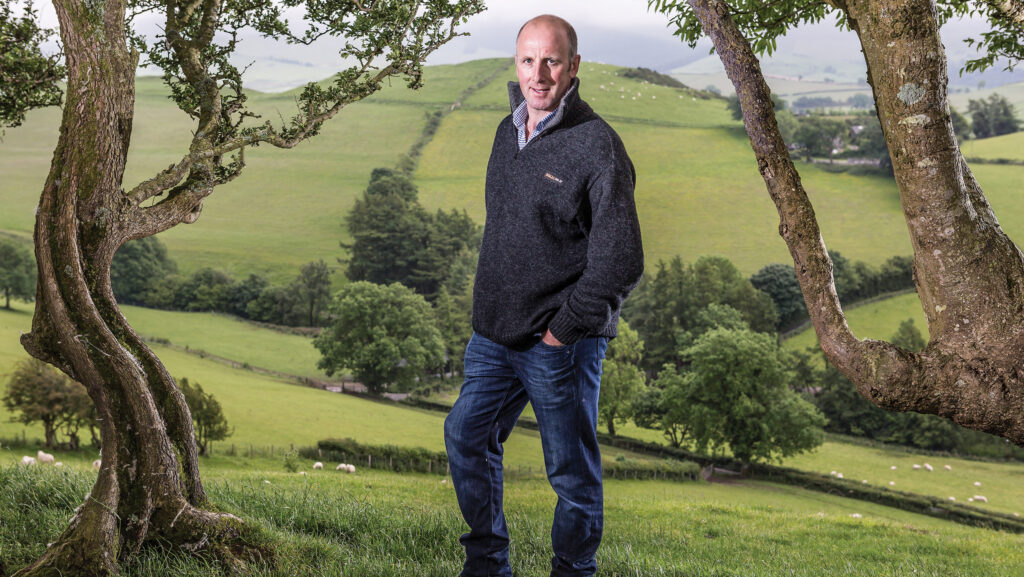Farmer Focus: Concentrates redundant with red clover silage
 © Richard Stanton
© Richard Stanton The past few weeks have been taken over by lambing.
I must admit, it has been one of the most rewarding lambing seasons, with the fine weather during the first three weeks of March contributing greatly to relatively low mortality compared with previous years.
See also: How to get the best from red clover in grassland
The ewes were housed (at the end of February) a week before lambing, and fed ad-lib red clover silage 24 hours a day. This analysed at 20% protein and a metabolisable energy of more than 11 MJ/kg dry matter.
Red clover has been grown on the farm for nearly 25 years, and just over 10 years ago (following research and advice), we were able to eliminate the need for any concentrates.
We were very pleased with litter size and quantity and quality of milk this year, which reflected the silage analysis.
The twins are kept in for about 48 hours after birth, spending a day or two in a communal pen. All ewes and lambs are walking out of the lambing shed to the adjoining field.
If the two lambs are not following their mother by the exit gate, they are being turned around and spend an extra day inside. This reduces the work out in the field.
Twins spend a week or so in the lower fields where hedges and trees provide plenty of shelter, before they rise up the valley on to higher ground.
During this year’s lambing, I’ve had help for a few days from friends and relatives outside the farming industry.
They were fascinated with the whole process, from the observation of lambing on the cameras, and the penning of twins to ensure the bonding process in the first few hours, to writing numbers on the lambs, feeding pet lambs, and the beautiful scenes of lambs out in the field enjoying the sunshine.
I think they were impressed with the level of care that we, as farmers, give our animals, the continuous night shift, the attention to detail – especially the diet – to ensure those lambs survive the first critical few hours and days to then be able to thrive out in the field.
We take many things like this for granted, but it is a form of entertainment, an education, and a source of amazement to non-farming individuals.

